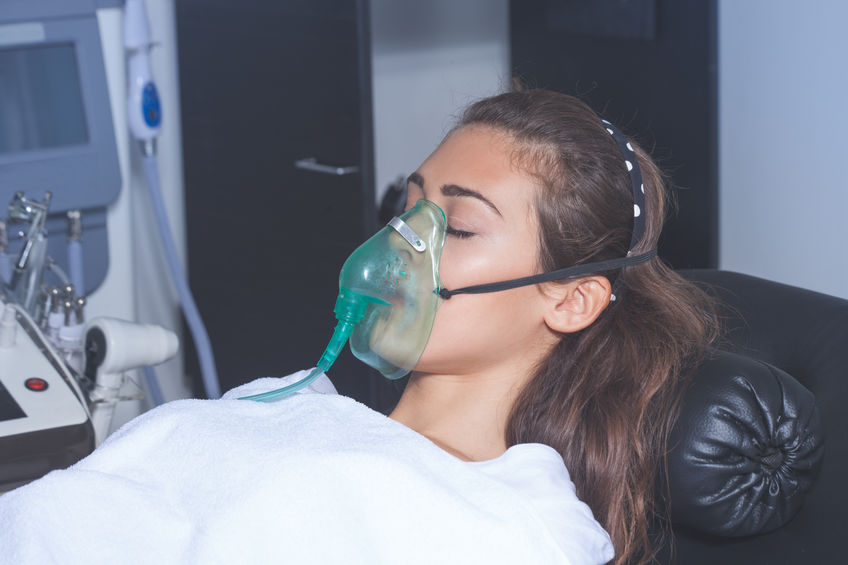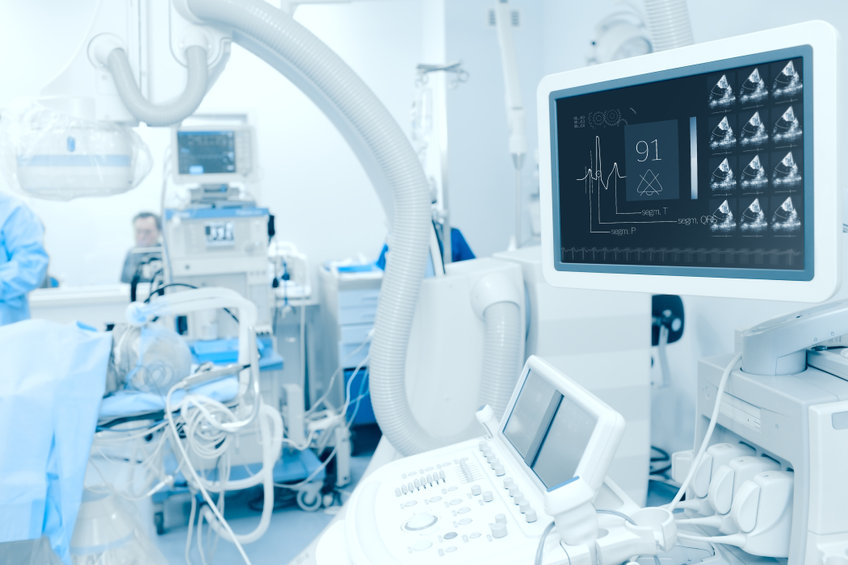Best Practices for Medical-Grade Compressed Air
Medical-grade compressed air is vital to healthcare facilities as it is used for patient breathing treatments, anesthesia administration and as a power source for surgical tools in operating rooms. Because medical air is critical to positive patient outcomes, it is essential that medical-grade compressed air is of the highest quality. This article will discuss best practices for keeping medical-gade air produced by medical air compressors clean, dry and free of contaminants so it continues to provide lifesaving and therapeutic benefits.

What is Medical-Grade Compressed Air?
Medical-grade compressed air is a high-quality, extremely clean supply of compressed air that is used for:
| Patient breathing | Anesthesia | Surgical tools |
| Medical compressed air provides uncontaminated and controlled air flows to ventilators and incubators, as well as for treating patients who require inhaled medications. It may also power and calibrate ventilators and other respiratory equipment. | Medical compressed air serves as a carrier gas during anesthesia delivery. | Medical-grade compressed air can be a source for powering surgical tools in the operating room |
Because many applications of medical-grade compressed air are inhaled by the patient or used for direct patient care, it must be free of contamination and particles, contain no oils or odors and must be dry. It’s important to note that medical-grade compressed air differs from lab-grade compressed air. Lab air is often used to power laboratory equipment and tests, X-ray and imaging equipment and exam tables. While lab air should also be clean, dry and contaminant free to protect sensitive equipment in healthcare environments, it is not as strictly regulated and can be generated by a different category of medical air compressor.
Healthcare facilities often generate their own medical-grade compressed air on site using specialized oil-free medical air compressors. Per National Fire Protection Association (NFPA) 99, medical-grade air compressors for medical air that will be inhaled or used in life sustaining direct patient care must run continuously and have redundancy in place to prevent failure since patient survival often relies upon the continuous provision of the air. All medical air compressors must be NFPA 99 certified and are categorized as follows:
- Category 1 air compressors include those that power ventilators and respiratory machines so they must function 100% of the time and have standby options.
- Category 2 air compressors may be used for patient care that is not life dependent so are permitted minor downtime.
- Categories 3 and 4 do not directly impact patient care and may power tools used for patient care or other similar applications.
Additionally, NFPA 99 provides standards and guidance that ensure that the compressed air used for medical air supply does not come into contact with contaminants of any kind. Medical air is defined by NFPA 99 to have the following characteristics:
- It shall be supplied from cylinders, bulk containers or medical air compressor sources.
- It shall meet the requirements of medical air per the United States Pharmacopeia (USP).
- It shall have no detectable liquid hydrocarbons.
- It shall have less than 25 parts per million gaseous hydrocarbons.
- It shall have equal to or less than one milligram per cubic meter of permanent particulates sized one micron or larger in the air at normal atmospheric pressure.
Key Components of a Medical-Air Compression System
Oil-free compressors, including oil-free screw compressors and oil-free scroll compressors, are the most suitable technologies for the generation of medical-grade air in healthcare settings. Oil-free screw compressors offer completely oil-free usage, so the risk of contaminated air is practically zero, allowing use in hospital patient care settings as well as medical device manufacturing. Similarly, oil-free scroll compressors are also contamination free and can be used in patient care.
In addition to the compressor itself, several components, such as air dryers, drains and filters, are also vital for keeping medical-grade air clean, dry and uncontaminated.
Dryers are an essential part of the system as they remove the water that is produced as a byproduct of compressing air. Drains are included in air compression systems to discharge additional water and humidity from the system, preventing contamination and system failure due to moisture. Filters must be included to remove contaminants, particulates and odors from the medical air supply. According to NFPA 99, filters must be sized for 100% of the system peak calculated demand and rated for a minimum of 98% efficiency at 1 micron and should be equipped with a continuous visual indicator showing the status of the filter element.

Common Issues with Medical-Grade Compressed Air
Oils can be introduced through the installation of a non-medical grade air compressor that was incorrectly specified. It is essential to use compressor systems designed to generate medical air meeting NFPA 99 standards that is intended for use for respiratory treatments or direct patient care to avoid any possibility of oil contamination.
Water and moisture are also dangerous contaminants in a medical-grade air compression system as they not only cause damage to the piping and air receivers, but also lead to corrosion and mold growth, which can have severe consequences on patient care equipment and the patients themselves. Water and moisture can result from inadequate removal of water through undersized, saturated or inappropriate selection of air dryers, as well as through faulty drains that do not allow moisture to leave the system.
Debris such as sand, dirt and dust can also be introduced into medical air compression systems if the filtration system is poorly designed, incorrectly installed or not properly maintained.
Best Practices for High-Quality Medical Air Generation
Because medical air is an important life-sustaining gas, maintenance of the air compression system is imperative, especially for these key areas:
| Air dryers | Drains |
| The air dryer should be properly fitted, sized, installed and maintained as insufficient water removal will lead to odors, system damage, corrosion, contamination and/or mold that will negatively impact patient care and sensitive equipment. | Drains that are stuck in the closed position or damaged will not allow water to exit the system, trapping water and moisture that can lead to odors, system damage, corrosion, contamination and mold. |
| Filters | Seals |
| An inlet filter should be located in the inlet side of the air compressor to catch particulates that may be introduced with the intake air. Outlet filters should be installed to prevent the introduction of particulates, oil and odors from the medical air supply. Filters should be inspected and changed frequently in healthcare settings. NFPA 99 recommends quarterly inspection of the filters. | Worn or damaged seals can allow contaminants and moisture to enter the system. They should be regularly inspected and replaced when showing signs of damage or wear to avoid introducing contaminants into the system or air stream. |
Because the equipment that produces medical air suitable for patient use is complex and regulated, it must be carefully selected, installed and inspected. Further, well-maintained medical air compressors are imperative to avoiding odors, contamination and breakdown of equipment and to providing high-quality, medical-grade compressed air to healthcare facilities and patients.
For more information on selecting and maintaining medical air compressors, please contact JHFOSTER.
